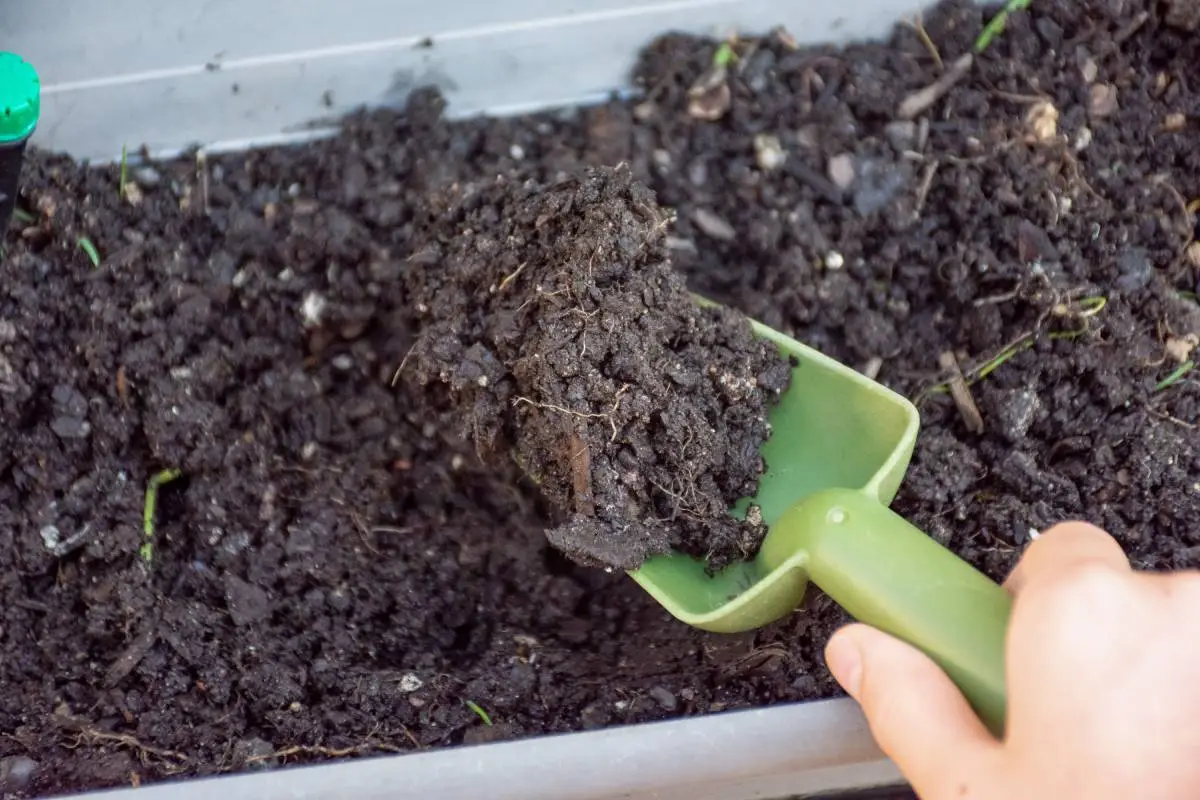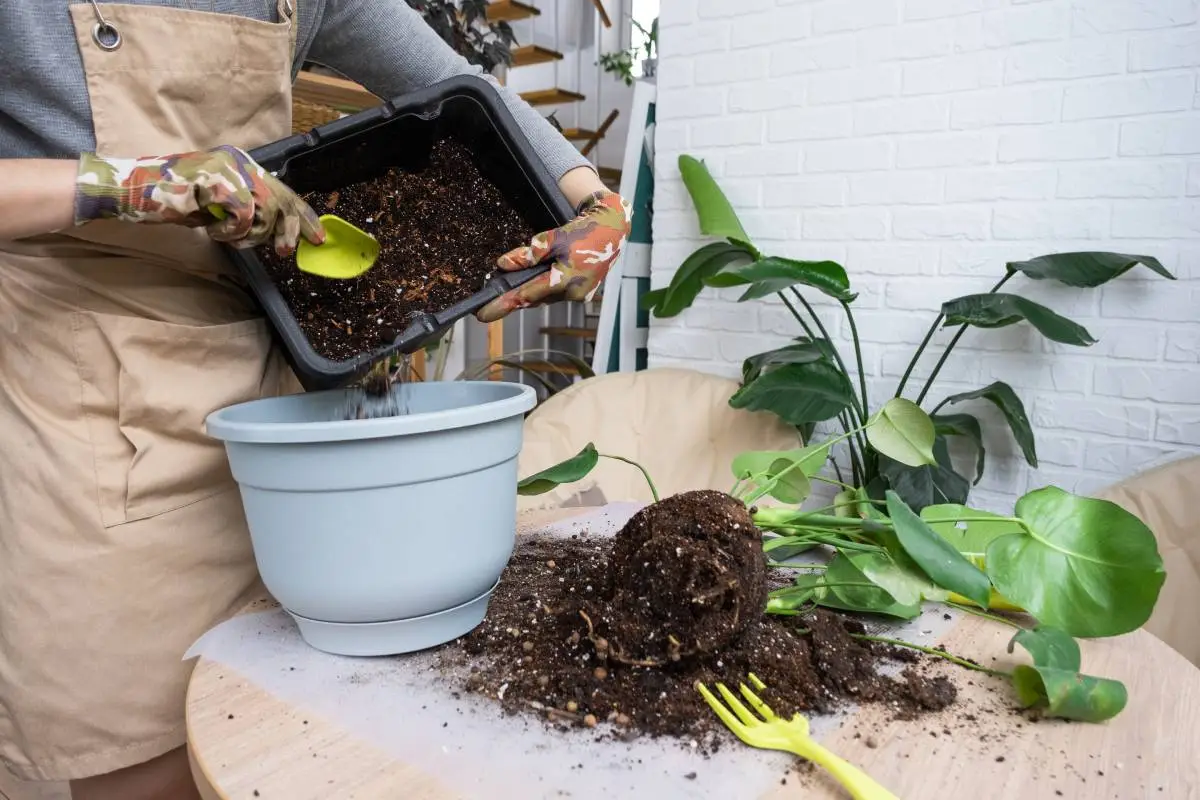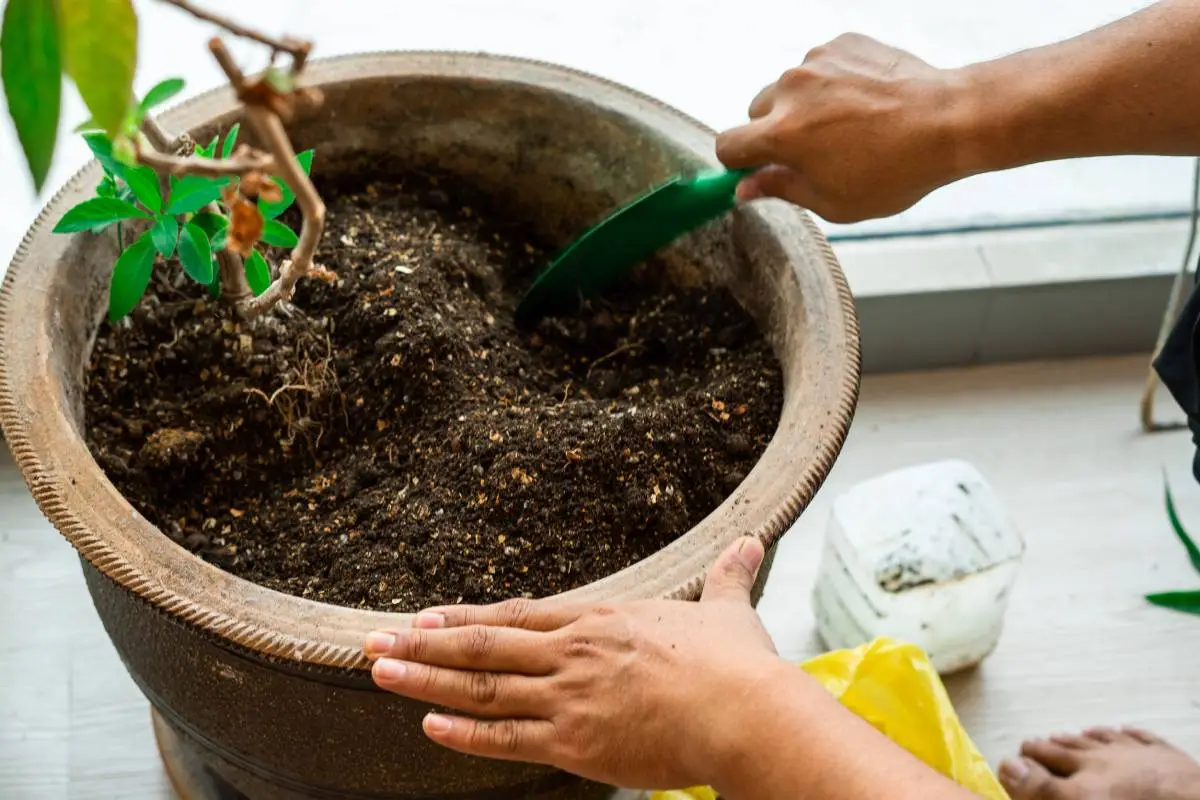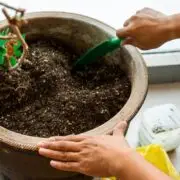At HASS Thailand, we are passionate about transforming food waste into rich, nutrient-dense compost through our innovative Food Waste Composters. Every day, we hear questions from gardeners, farmers, and eco-conscious families about how best to use compost once it’s ready. Among the most common questions are:
- How often should I add compost to my plants?
- Does compost need to be worked into the soil?
- Do I still need to use fertiliser if I use compost?
If you’ve been wondering about these questions, you’re not alone. Let’s explore each one in detail and clear up some common misconceptions so you can get the best results for your plants and soil health.
How Often Should You Add Compost to Your Plants?
The frequency of compost application depends on the type of plants you’re growing and the condition of your soil. Compost is not a one-size-fits-all solution; rather, it’s about building long-term soil health and feeding your plants steadily.
1. Vegetable Gardens
For vegetables, especially heavy feeders like tomatoes, corn, or leafy greens, adding compost at least twice a year is recommended:
- Before planting: Mix a generous layer (2–5 cm) into the topsoil to enrich the soil with organic matter.
- Mid-season: Add another light layer around the base of plants as a top-dressing to provide a slow release of nutrients.
If your soil is sandy and drains quickly, you might even benefit from a third round of compost during the growing season.
2. Fruit Trees
Fruit trees thrive with compost applied once or twice a year. Apply it in early spring to support growth and again in late autumn to replenish the soil before the next cycle. Spread compost in a wide circle under the canopy (avoiding direct contact with the trunk).
3. Flower Beds and Lawns
For flowers and ornamental plants, a spring application is usually enough. A thin layer of compost improves soil structure and encourages healthier blooms. Lawns, on the other hand, benefit from one to two applications per year, lightly top-dressed to encourage thicker, greener grass.
4. Container Plants
Potted plants need nutrients more frequently because nutrients leach out faster with watering. Add a small amount of compost every 1–2 months by mixing it lightly into the surface soil.

Does Compost Need to Be Worked Into the Soil?
This is a question we hear often, and the answer depends on your gardening style and soil needs.
1. Mixing Into the Soil (Incorporation Method)
For new garden beds or vegetable plots, it’s a great idea to work compost into the soil. This helps:
- Improve soil aeration.
- Retain moisture.
- Distribute nutrients more evenly.
Mixing 5–10 cm of compost into the top 15–20 cm of soil before planting creates a rich foundation for strong root development.
2. Top-Dressing (Layering on the Surface)
For established gardens, trees, and perennials, top-dressing is often the better approach. Simply spread compost over the soil surface (2–5 cm thick) and let earthworms and microorganisms naturally work it down over time.
This method:
- Reduces soil disturbance.
- Mimics nature’s natural cycle, where organic matter falls on the soil surface and decomposes gradually.
- Helps retain moisture and suppress weeds.
3. Mulching with Compost
Compost can also be used as mulch around plants. Applying a thicker layer (5–8 cm) on top of the soil not only feeds the soil but also regulates soil temperature and prevents erosion.
In short:
- For new plantings → work compost into the soil.
- For established plants → top-dress or mulch with compost.
Do You Need Fertiliser If You Use Compost?
This is where many people get confused. Compost is rich in organic matter and nutrients, but it doesn’t always supply everything plants need in large enough amounts, especially for crops with high nutrient demands.
1. What Compost Provides
Compost is fantastic for:
- Supplying a balanced mix of nutrients (nitrogen, phosphorus, potassium, and trace minerals).
- Improving soil structure.
- Enhancing microbial activity, which helps plants absorb nutrients more effectively.
- Retaining moisture in sandy soils and improving drainage in clay soils.
2. Where Fertilisers Still Help
Fertilisers, whether organic or synthetic, are more concentrated sources of nutrients. In some cases, your plants might need a quick nutrient boost that compost alone cannot provide. For example:
- Leafy greens often need extra nitrogen for lush growth.
- Flowering plants and fruiting crops may require additional phosphorus and potassium to maximise yields.
3. The Best Approach: Compost + Fertiliser Together
Think of compost as the foundation of healthy soil and fertiliser as a supplement. With compost, you are building a long-term, sustainable system where soil becomes more fertile over time. Fertilisers can be used sparingly and strategically when plants need an extra push.
At HASS Thailand, we recommend using compost regularly and adding fertiliser only as needed, based on your plants’ performance and soil tests. This approach reduces dependency on chemicals and creates a more natural, resilient growing system.

Practical Tips for Using Compost Effectively
At HASS Thailand, we always encourage our customers to use compost wisely. Here are a few tips to get the most out of your compost:
- Don’t Overdo It – While compost is excellent for soil health, adding too much can cause nutrient imbalances or waterlogging. A 2–5 cm layer is usually enough.
- Apply at the Right Time – Spring and autumn are the best times to apply compost, but container plants and vegetables may benefit from more frequent applications.
- Know Your Soil – Sandy soils benefit from frequent compost additions, while clay soils improve significantly with even a small annual application.
- Balance with Fertilisers – Use fertilisers selectively. If your plants show yellowing leaves, poor growth, or low yields, they may need additional nutrients.
- Choose Quality Compost – Not all compost is created equal. Poorly processed compost can contain pathogens or weed seeds. That’s why our electric food waste composters at HASS Thailand are designed to create safe, high-quality compost right at home.
Why Composting Matters More Than Ever
In Thailand and across the world, food waste is one of the biggest contributors to landfill problems. By turning food scraps into compost, you not only enrich your garden but also reduce greenhouse gas emissions and promote a circular economy.
At HASS Thailand, we developed our electric food waste composters with this exact mission in mind—to make composting easy, clean, and efficient for every household and business. Unlike dehydrators, which simply dry food waste, our food waste composters use microbes to break down scraps into nutrient-rich compost that your plants can actually use.
By using compost regularly, you are not just feeding your plants—you are investing in healthier soil, reducing waste, and contributing to a greener planet.
Final Thoughts
So, let’s recap the key points:
- How often should you add compost?
Vegetables: twice a year (or more).
Fruit trees: once or twice a year.
Flowers/lawns: once a year.
Container plants: every 1–2 months. - Does compost need to be worked into the soil?
For new gardens, yes—mix it in. For established plants, top-dress or mulch instead. - Do you need fertiliser if you use compost?
Compost builds long-term soil health, but fertiliser can be used as a supplement when plants need an extra boost.
At HASS Thailand, we believe compost is one of the most powerful tools for healthier plants, richer soil, and a more sustainable future. With our electric food waste composters, anyone can turn everyday food waste into valuable compost and make gardening easier and more rewarding.
If you’re ready to take your gardening and sustainability efforts to the next level, we’d love to help you get started. Don’t hesitate to contact us today. Together, we can create greener gardens, healthier soils, and a cleaner Thailand.


